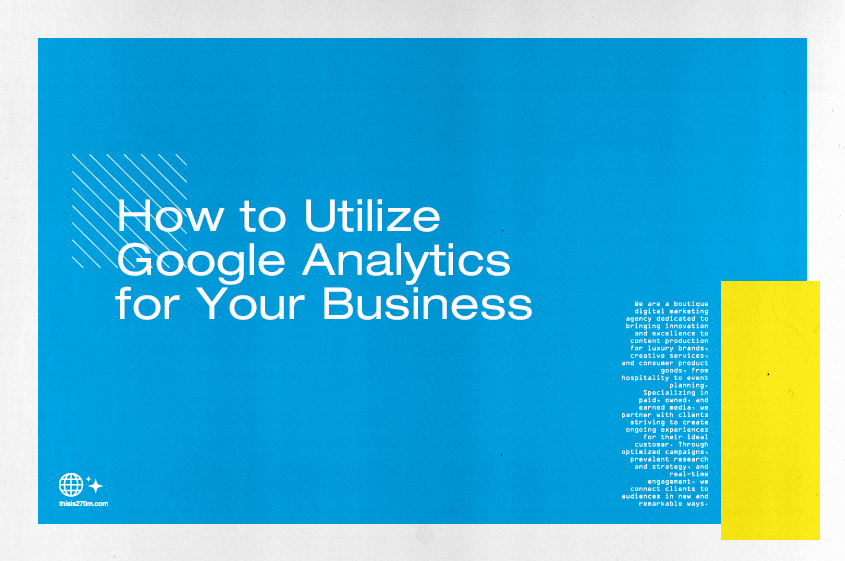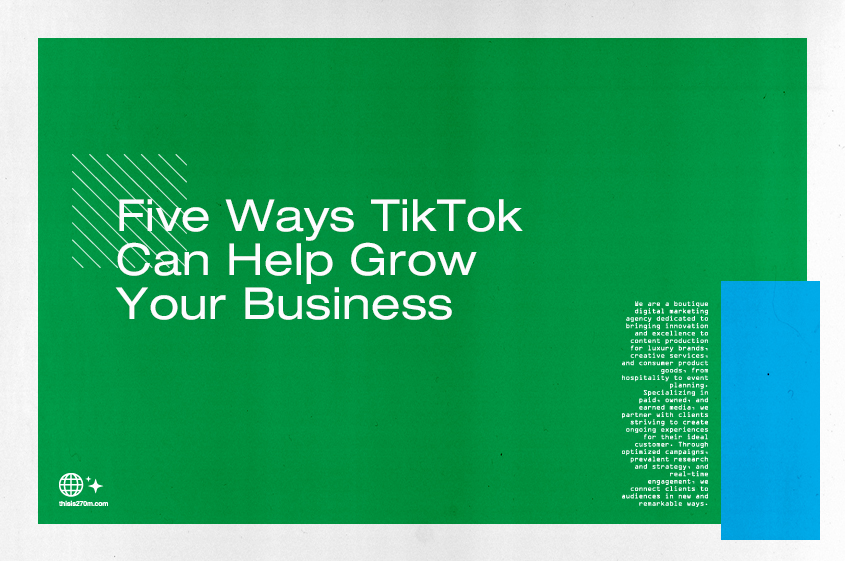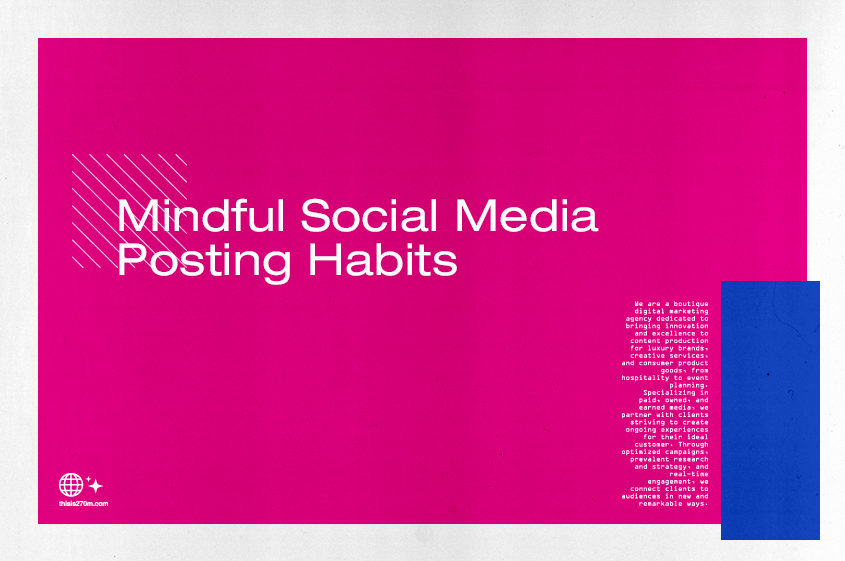Trends to Integrate Into Your 2023 Marketing Strategy
Written by: Danielle Gazda
At the beginning of 2022, the digital marketing community prepared for the start of a massive digital expansion. This expansion was the true start of a more integrated and accessible metaverse. It includes the increasing use of AI/AR/VR and other new tools in social media and advertising. In social media specifically, video content would be king in 2022, which was proved to be true. We saw this with the rise in TikTok’s popularity as Meta and Twitter declined.
2023 presents opportunities for continued digital expansion across social media, marketing, and everyday life.
Here’s what we’re expecting to see in 2023.
Social Media Content
AI Algorithms
Social media platforms, especially Facebook and Instagram, will continue to push AI algorithms. These algorithms are supposed to show consumers content that relates to them. While individuals may not relish the idea of seeing fewer posts from family and friends, this opens up more opportunities for brands to reach a wider audience that is more likely to convert.
Digital Representations
Avatars, NFTs, and AI-generated art are all becoming more prominent across social media. While there is a juxtaposition between wanting more original content with NFTs and opportunities for digitally generated content with AI, both show that digital art is the future. More brands may find themselves generating NFTs as a form of revenue for themselves or as fundraisers. They will also likely begin using AI-generated art to create the promotional content they need.
E-Commerce
Livestream Shopping
Instagram, TikTok, and Pinterest are looking to livestream shopping as the next way for brands to sell on their platforms. While these platforms are testing and having success with this feature in other countries, it hasn’t quite made it to the U.S. yet. Expect to see more announcements about this from social media apps in 2023.
Customer Service
Mobile/in-app shopping and online shopping overall have continued to increase as Gen Z reaches an independent purchasing age. The key to happy (and repeat) customers is personalized customer service. There are many options across social media, in Messenger, DMs, WhatsApp, etc., that allow businesses to automate replies to common brand questions. This is a great way for customers to have an inquiry answered or resolve an issue quickly. However, it’s important still to have real people available on the back end to intervene with more complicated requests.
General Marketing
Influencer Marketing
Influencer marketing continues to be a superior way for brands to gain exposure and bring in revenue. Partnering with influencers whose audiences intersect with your own can boost sales. And influencers perform a variety of services, whether it’s posting on their own social media or creating video content for you to share on your own platforms.
Advertising
Social media advertising remains the best way to gain reach, conversions, and more for your business. As the space becomes more crowded with businesses, it can be hard to find your footing. The holiday season, a time when spending increases greatly, is the best example of this. Refined targeting to reach audiences that meet your business goals is the best way forward. SEO, tagging, and defining your audience will get you to your goals.
What are some of your digital marketing predictions for 2023?






